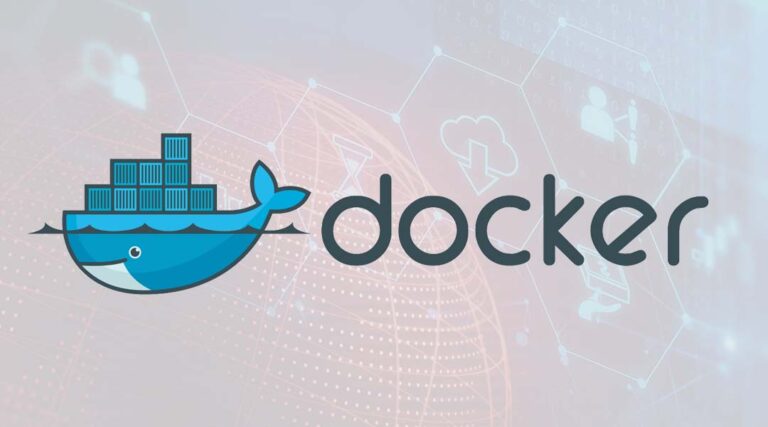
Docker has laid out a future roadmap which it hopes will see it parking in the space between SCM and cloud deployment, four months after the container pioneer spun off its enterprise business.
While the Docker of old was regarded as instrumental in popularising containers, its sort of demise last November was seen as the result of a failure to find an actual business model, or a convincing reason for enterprises to choose its container orchestrator Swarm over Kubernetes. The enterprise business was sold to Mirantis, leaving a rump focusing on Docker Desktop and Hub.
After keeping its head mainly down over the last few months, the vendor’s vp products, Justin Graham, told DevClass this week the plan is “to help developers in that middle section between SCM and in runtime, which we call code to cloud” building on the shrunken firm’s core lineup of: Docker Desktop; Docker Hub; and its open source efforts with Compose, Engine and Notary.
Docker aimed to provide an improved developer experience – particularly through Docker Desktop – with Graham saying the company believed there was still a lot of work to do in onboarding developers and having them contributing as quickly and efficiently as possible.
Graham said the company would be “investing heavily and expanding the functionality” of the Docker CLI: “We mainly see an opportunity for that to be an interface not only for features and functionality that run locally, but also those that may be services delivered through Docker Hub [and] from Docker Hub, but delivered through the local interface of the CLI and and Docker desktop itself.”
At the same time, Docker Hub would evolve into “a space that manages more than container images”. This could be “any type of manifest related to helping your app be deployed and operated as designed” and could include “container functions, YAML, Terraform, and other components customers rely on to deploy their applications.”
Anything but code, we asked? “That’s correct,” replied Graham. “We are very much drawing a very clear line of where our focus begins and ends.”
So, he continued, “You can sort of take that workflow left to right, starting with source code, moving to packaging that source code, and then sharing it, pushing it, and then moving it through pipelines to production. We start where source code ends or SCM ends, and then we end at deployment to the production runtime.”
At the same time, he said, “We are not providing a Kubernetes distribution for production runtime. We’re not managing production Kubernetes clusters, we’re not helping you continually manage the lifecycle of your running application. Those are places where we see very ample opportunity for ecosystem partnerships to help development teams and DevOps teams complete that pipeline.”
So Docker Hub would also be a launchpad for the company to “expand ecosystem partnerships and integrations to help you disambiguate,” and to make it easier to set up and operate “pipelines that get packaged code from that repo or registry through to a production runtime.”
Where teams are smaller, or less mature, he said, it would aim to offer a higher level of abstraction, whereas as teams mature and want more control, “we aim to provide mechanisms for lowering that level of abstraction they see fit over time. “
All of the above, he said, would be delivered as a SaaS model, through “monthly subscriptions that are codified today through Docker Hub.”
Meanwhile, the firm would maintain its open source commitments, which underpin the other elements he said, and would continue to invest in these.
In terms of product at least, very little of this is new since the November split. The difference, said Graham, is “an extreme tightening of focus on this specific area set of personas – individual developers and development teams.”
When it comes to partnerships, some of the previous incarnation’s partnerships that focused on application migration – for example with Microsoft and Mulesoft – have migrated to Mirantis, he said.
In the meantime, he said, the firm has been having “quite a number” of conversations with potential partners. “We believe that a number of others see the same things that we do in terms of developer experience and workflow, being the next big, big thing to attack to really help development teams easily navigate and be most efficient across that cloud middle.”
